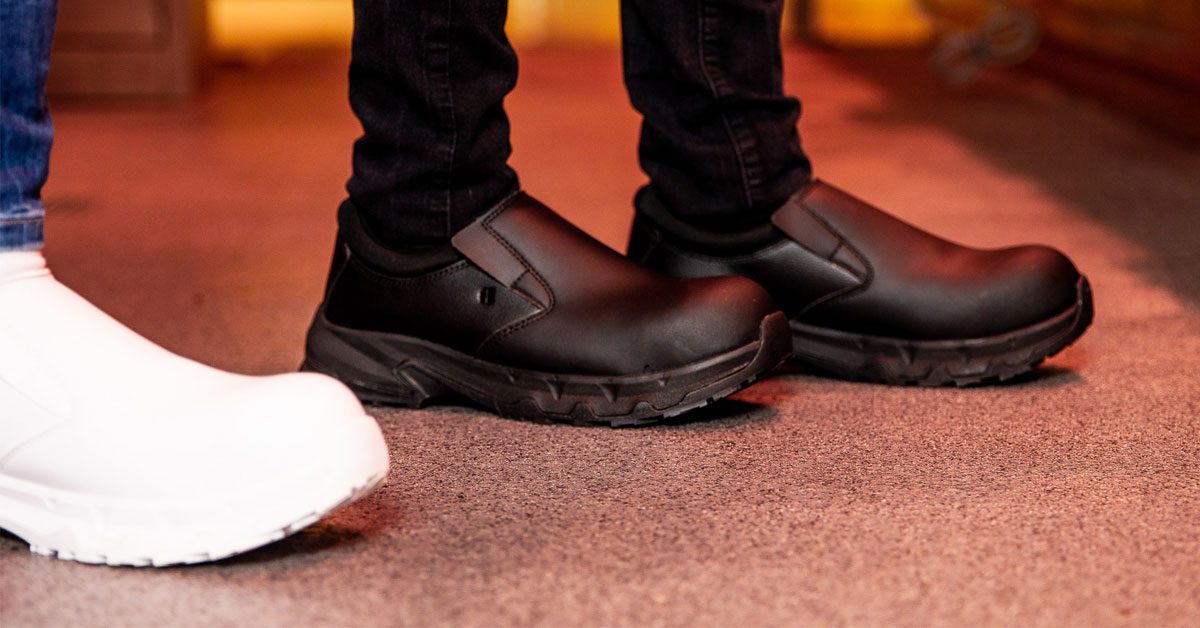1. Consider the temperature and humidity conditions in hospitals
In all healthcare professions, adapting the uniforms and work environment is essential so that there are no distractions. Temperature, humidity levels and the use of other equipment must all be taken into consideration. Indoor temperatures and humidity may have an impact on healthcare workers when wearing full-body PPE.
At higher temperatures (28°C+), wearing such layers could cause heat-related issues and dehydration compared to wearing them in more moderate temperatures (18°C) for a full shift. If the equipment and uniforms are worn in colder temperatures and are too loose, the employee could suffer from the opposite effect and feel cold.
2. Anticipate the types of possible risks at the hospital
All hospitals pose certain risks and hazards given their fast-paced environments and high-pressure situations. Mitigating risks in advance can help managers anticipate potential injuries and accidents such as slips and trips that may occur. The most common hazards fall into one of the following categories:
- Chemical hazards
- Biological hazards
- Physical hazards
- Musculoskeletal stresses
It is, therefore, very crucial for managers to undertake a risk assessment in order to identify all the potential hazards to which their healthcare staff may be exposed to during work and determine each individual’s PPE needs.
Nurses are especially prone to back and foot pain as they are expected to stand all day and help lift or carry patients. In these cases, it is imperative to use comfortable footwear that can help prevent the appearance of disorders caused by physical exertion at the end of a long, tiring shift.
3. Understand the different types of PPE available
Gloves, masks, face coverings, eye protection, shoe covers and supportive clogs and work shoes are just a few of the many different types of PPE used in hospitals. The better managers can define a task or job that requires PPE, the better your supplier will be able to advise on appropriate equipment.
4. Evaluate the durability and appropriateness of PPE
The types of materials used and their durability are important things to consider when supplying or making changes to PPE at your hospital. Some equipment and dressings are fit to be worn again and again while others must be disposed of immediately after each use, such as equipment used whilst carrying out medical procedures or surgeries.
In the same vein, PPE is not a one-size-fits-all item when it comes to gowns, aprons and full-body gear. The wrong size worn in the incorrect environment can create discomfort and reduce PPE’s effectiveness in hospitals. A vital component of PPE is that no article impacts the efficacy of any other while being used.





